PDF chapter test TRY NOW
All around us are made up of various chemicals, as we all know —for instance, soil, water, air, salt, sugar and so on. Acids, bases and salts are the most commonly used chemicals in daily life. It may be fruit juice, detergent or medication. They play an important role in our day-to-day lives. The hydrochloric acid produced in our stomach is used to carry out our body's metabolism.
In an aqueous solution, an acid can produce hydrogen ions (\(H^+\)), while a base can produce hydroxyl ions (\(OH^-\)). When an acid and a base react, a neutral product is formed, which is called salt.
In this lesson, let us discuss these in detail.
Acids
Curd, lemon juice, orange juice and vinegar are things that you have probably tried. Since these foods contain acid, they have a sour taste when consumed. Acidic compounds are those that contain acid. The term "acidic" comes from the Latin word "acere," which means "sour."
Let see some acids and their source.
S.No. | Acids | Image of the sources | Sources |
1. | Malic acid | 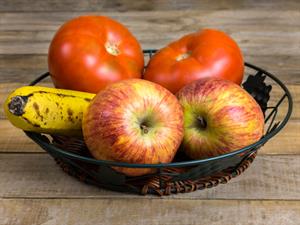 | Apple, tomatoes, banana. |
2. | Citric acid | 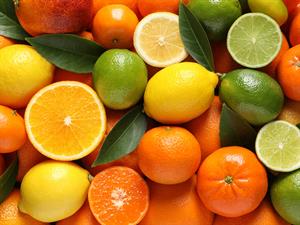 | Citrus fruits (oranges, lemons, grapefruits, pomelo, etc.) |
3. | Tartaric acid | 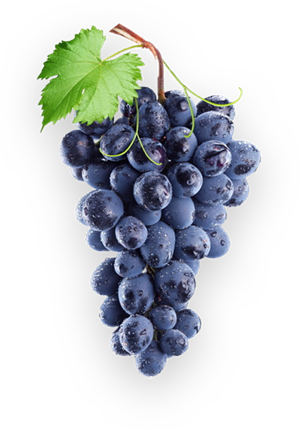 | Grapes |
4. | Oxalic acid |  | Spinach, beets, beet greens, etc |
5. | Acetic acid | 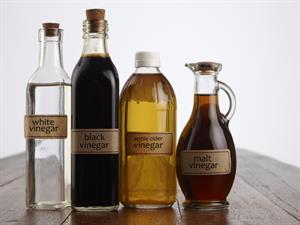 | Vinegar |
6. | Lactic acid | 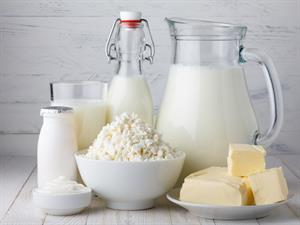 | Curd, buttermilk, cheese, yoghurt, etc. |
7. | Ascorbic acid | 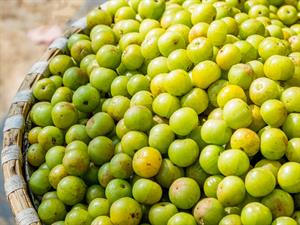 | Amla, citrus fruits, tropical fruits (pomegranates, mangoes, papayas, bananas, pineapples, guavas, kiwis, dates), etc. |
8. | Tannic acid |  | Tea, coffee, wine, strawberries, blueberries, etc. |
9. | Hydrochloric acid | 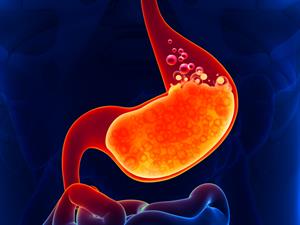 | Stomach juice |
10. | Formic acid | 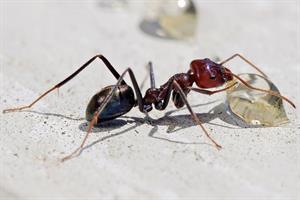 | Ant, Bee |
In \(1884\), Svante Arrhenius, a Swedish chemist, proposed an acid-base theory. According to the Arrhenius principle, an acid is a substance that produces \(H^+\) or \(H_3^{O+}\) ions in water. They have one or two hydrogen atoms that can be replaced.
For example, hydrochloric acid (\(HCl\)) produces \(H^+\) and \(Cl^-\) ions when it is dissolved in water.
In the absence of water, the separation of the \(H^+\) ion from the \(HCl\) molecules is impossible. Hydrogen ions cannot exist on their own; they must be combined with water molecules to exist.
Important!
One or more hydrogens are present in all acids. However, not all hydrogen-based compounds are acids. Hydrogen is found in various substances, including methane (\(CH_4\)) and ammonia (\(NH_3\)). However, an aqueous solution does not contain \(H^+\) ions.
Reference:
http://3.bp.blogspot.com/-vW7hLdCHVRg/TlbhT8VHDRI/AAAAAAAABZU/9pKzzjH-m3g/s460/RedSpinach.JPG
https://upload.wikimedia.org/wikipedia/commons/thumb/e/eb/Meat_eater_ant_feeding_on_honey.jpg/1200px-Meat_eater_ant_feeding_on_honey.jpg
https://banner.holidaypng.com/20191016/slz/grape-fruit-grapevine-family-for-thanksgiving-5da67559b8d805.42214291.png
